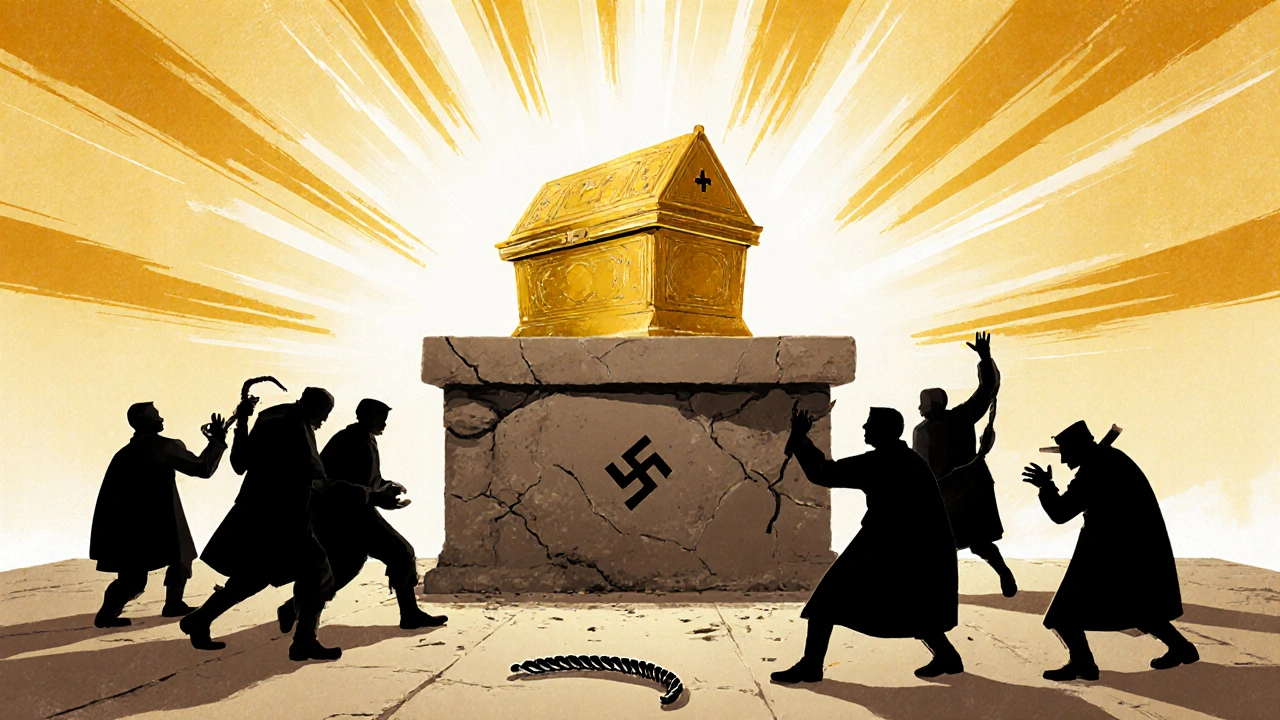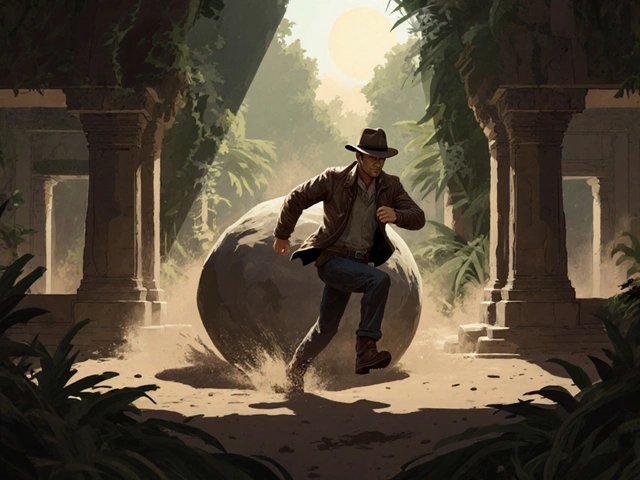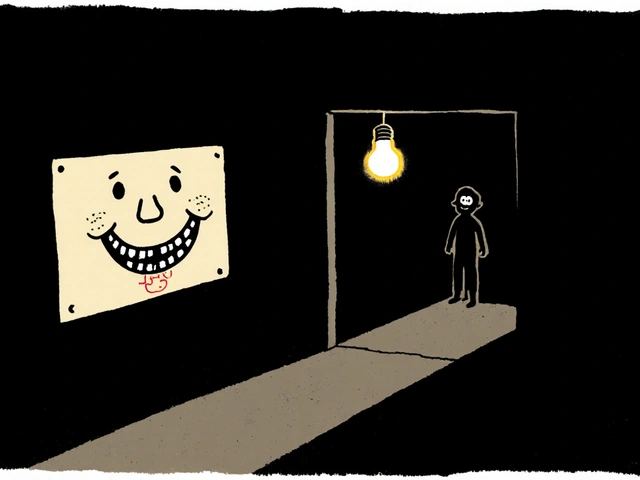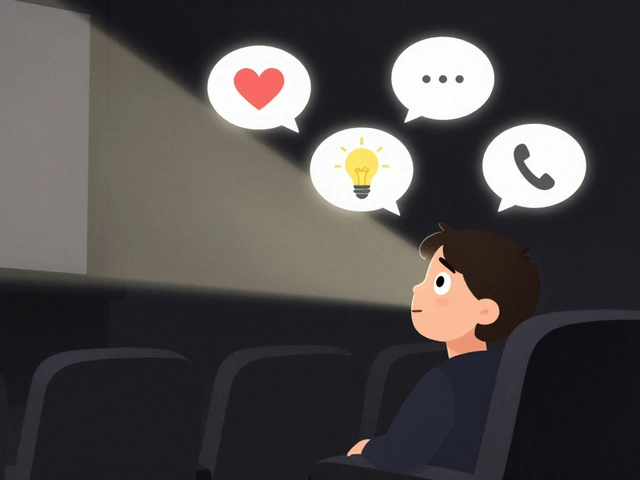20
Raiders of the Lost Ark Review: The Adventure Film That Defined a Generation

Raiders of the Lost Ark isn’t just a movie. It’s the reason you still get chills when you hear that opening whip crack. Released in 1981, it didn’t just join the ranks of great action films-it rewrote the rules. No CGI. No green screens. Just a guy in a hat, a rolling boulder, and a whole lot of heart. This is the film that turned Indiana Jones into a cultural icon and made adventure movies feel real again.
What Made Raiders of the Lost Ark So Different?
Before 1981, action movies were either stiff war epics or over-the-top spy thrillers. Raiders of the Lost Ark mixed the pulp energy of 1930s serials with modern filmmaking. Steven Spielberg, fresh off Jaws, teamed up with George Lucas to create something that felt like a Saturday matinee come to life. But this wasn’t nostalgia for nostalgia’s sake. It was precision-engineered excitement.
The opening sequence in the Peruvian temple? Done with practical effects. The rolling boulder? A real 9,000-pound prop pushed down a real hill. Harrison Ford didn’t have stunt doubles for most of the physical scenes-he did them himself. That’s why every punch, jump, and dodge feels weighty. You believe it because it happened.
The Character: Indiana Jones, Anti-Hero for the Ages
Indiana Jones wasn’t your typical hero. He wasn’t invincible. He got scared. He got punched. He threw up after seeing snakes. He wasn’t a soldier, a cop, or a secret agent-he was an academic who happened to be good with a gun and a whip. That’s what made him relatable. He wasn’t born to save the world. He stumbled into it.
Harrison Ford brought a gruff charm and dry wit that turned Indy into a blueprint for modern action leads. Think of Jack Bauer, John McClane, or even modern characters like Arthur Curry in Wonder Woman. They all carry a piece of Indy’s DNA: flawed, tired, but still showing up when it matters.
The supporting cast didn’t just fill space. Karen Allen as Marion Ravenwood wasn’t a damsel. She fought back, slapped Indy across the face, and stole the scene every time she walked on screen. Paul Freeman as René Belloq? A villain with depth-charming, intelligent, and morally ambiguous. He wasn’t evil for evil’s sake. He believed he was right.
The Plot: Simple, But Perfectly Paced
The story is straightforward: Nazis want the Ark of the Covenant. Indy gets there first. But the magic isn’t in the plot-it’s in the pacing. Every 10 minutes, something explodes, someone gets chased, or a trap snaps shut. There’s no filler. No 15-minute exposition dumps. Even the love story unfolds through glances and sarcasm, not monologues.
The Cairo marketplace chase? A masterclass in physical comedy and tension. The truck chase? Pure kinetic energy. The final scene with the Ark? No dialogue. Just silence, light, and a single scream. That’s storytelling at its most powerful.

The Score: John Williams and the Sound of Adventure
John Williams didn’t just write a theme-he wrote a heartbeat. The main theme, with its bold brass and driving rhythm, is instantly recognizable. It’s the sound of a man running toward danger, not away from it. The music doesn’t tell you how to feel. It makes you feel it before you even know why.
Williams used leitmotifs like a novelist uses character arcs. Every time Indy’s theme plays, you feel his courage. When the Nazis’ motif kicks in, you know trouble’s coming. The score isn’t background noise-it’s another character in the film.
Why It Still Matters in 2025
Today, action movies are packed with digital effects, franchise crossovers, and endless sequels. But Raiders of the Lost Ark proves you don’t need any of that. You need a great character, a clear goal, and a director who knows how to build suspense.
Look at the box office numbers: it grossed over $330 million in 1981 (over $1.3 billion today, adjusted for inflation). It won five Oscars, including Best Cinematography and Best Visual Effects. But more than awards, it inspired a generation of filmmakers. Christopher Nolan, J.J. Abrams, and even Taika Waititi have all cited it as their cinematic North Star.
It’s also one of the few films that aged beautifully. No dated CGI. No cringey dialogue. No overused tropes. Just a man, a hat, and a mission. That’s why it still plays to packed theaters decades later.

The Legacy: More Than a Movie
Raiders of the Lost Ark didn’t just spawn three sequels. It created a whole genre. The Indiana Jones franchise became a blueprint for how to make adventure films that feel timeless. It led to Uncharted, Assassin’s Creed, and even video games like Tomb Raider.
It also changed how studios think about merchandising. The toy line sold over $200 million in 1981 alone. Lunchboxes, action figures, and comic books turned Indy into a global brand before social media existed.
And let’s not forget the impact on pop culture. The whip crack? Imitated everywhere. The fedora? Still worn at Halloween. The line “I don’t know, I’m making this up as I go” became a mantra for anyone who’s ever faked their way through a tough situation.
Final Verdict: A Perfect Film, Still Unmatched
Is it the greatest adventure film ever made? Maybe. But it’s certainly the most influential. It’s the film that proved action doesn’t need to be loud to be powerful. It doesn’t need to be complex to be unforgettable. Just a great story, told with heart, skill, and a little bit of magic.
If you’ve never seen it, watch it. If you’ve seen it a dozen times, watch it again. You’ll notice something new-a glance, a sound, a moment of silence-that reminds you why movies still matter.
Is Raiders of the Lost Ark based on a true story?
No, it’s not based on a true story. The Ark of the Covenant, the Nazis’ search for it, and Indiana Jones himself are all fictional. But the film draws heavily from real history-like the Nazis’ actual interest in occult artifacts during the 1930s. The filmmakers studied real archaeological expeditions and incorporated authentic details about ancient Egypt and Mesopotamia to make the story feel believable.
Why is Indiana Jones called Indiana?
In the film’s backstory, young Henry Jones Jr. had a pet dog named Indiana, a large Alaskan malamute. He started calling himself “Indiana” after the dog, and the name stuck. It was a childhood nickname that gave him a sense of identity separate from his academic father. The name stuck because it felt rugged, American, and a little rebellious-perfect for a man who’d rather be digging in ruins than teaching in a classroom.
Did Harrison Ford do his own stunts?
Yes, he did most of them. He performed the truck chase, the plane escape, and the whip swings himself. He broke his wrist during the fight scene with the sword-wielding Nazi in Cairo. He also insisted on doing the boulder scene without a harness, even though the crew was nervous. Spielberg later said Ford’s willingness to take risks gave the film its raw, authentic energy.
Was the Ark’s power real in the movie?
In the movie, yes-the Ark’s power is treated as real. When opened, it unleashes supernatural forces that kill the Nazis. The film doesn’t explain it scientifically. Instead, it leans into the mystery, suggesting that some things are beyond human understanding. This ambiguity is part of why the ending is so powerful. It’s not about science or logic-it’s about reverence, fear, and the unknown.
How did Raiders of the Lost Ark influence modern action films?
It set the standard for how action sequences should be shot: handheld, fast, and grounded. Modern films like Mad Max: Fury Road, John Wick, and even Spider-Man owe their visual language to Spielberg’s work here. It proved you don’t need shaky cam or quick cuts to create tension-just good choreography, real locations, and a clear sense of space. It also showed that audiences would follow a character who wasn’t perfect, as long as he was honest.









